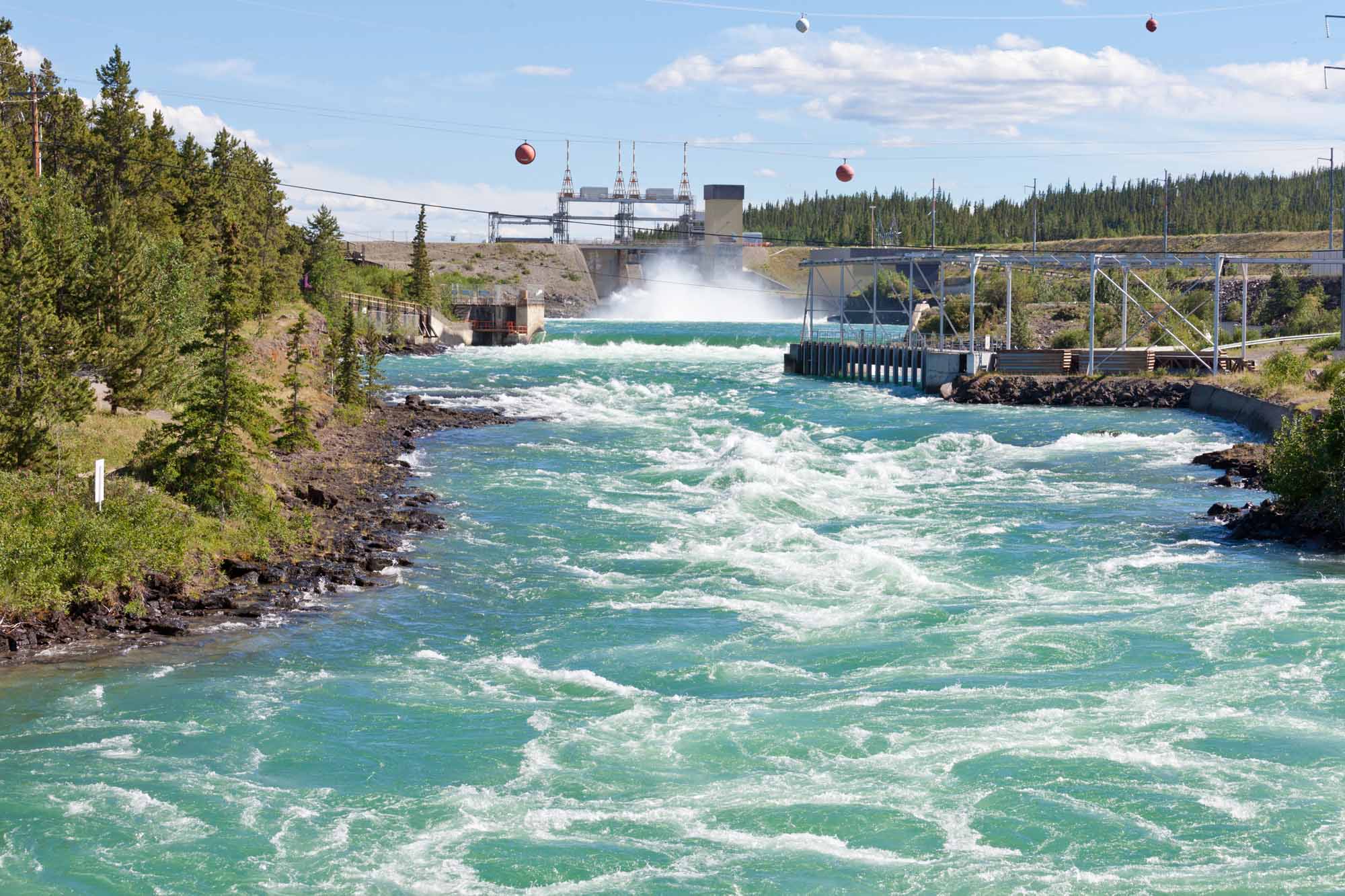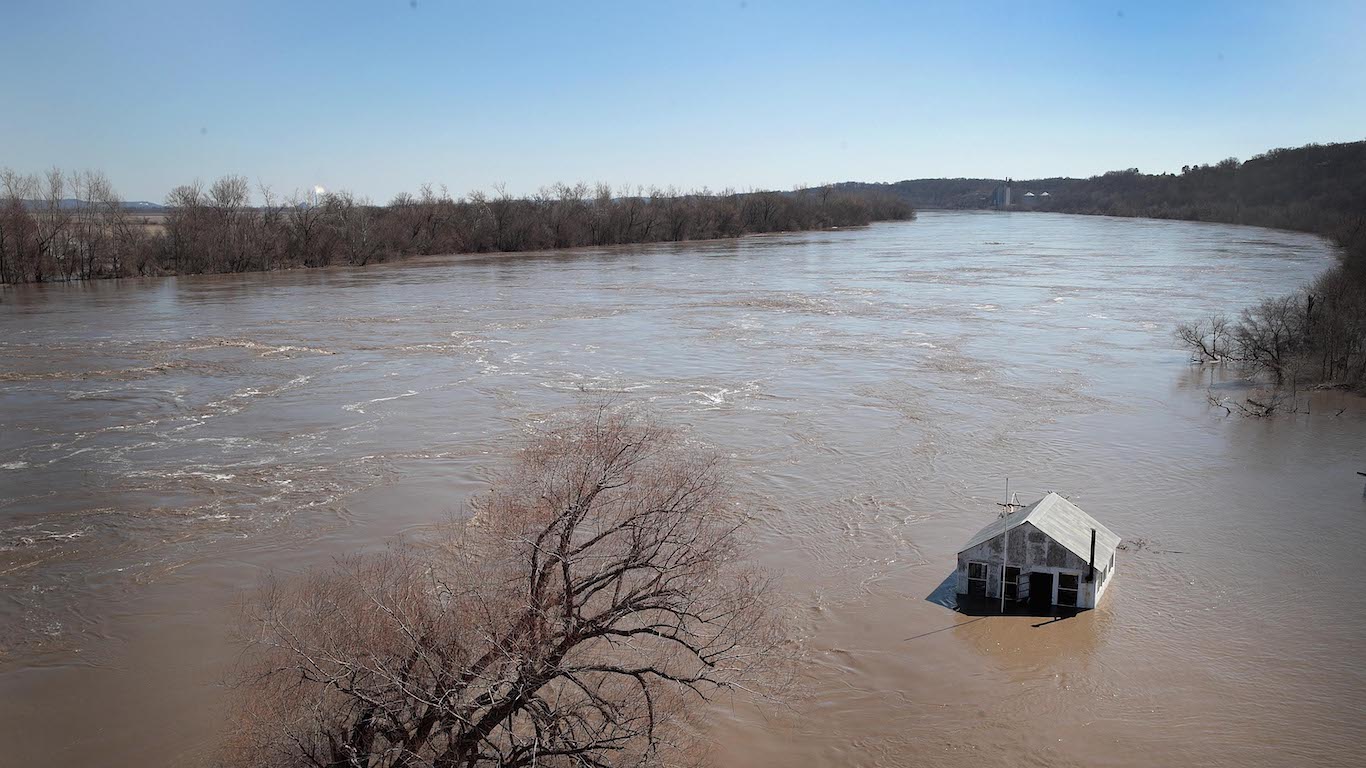Welcome to Yukon Water Water and You
Here, you’ll find information about Yukon’s water resources and how our water is used, managed and monitored. We encourage you to get involved and play a key role in the future of Yukon’s water.
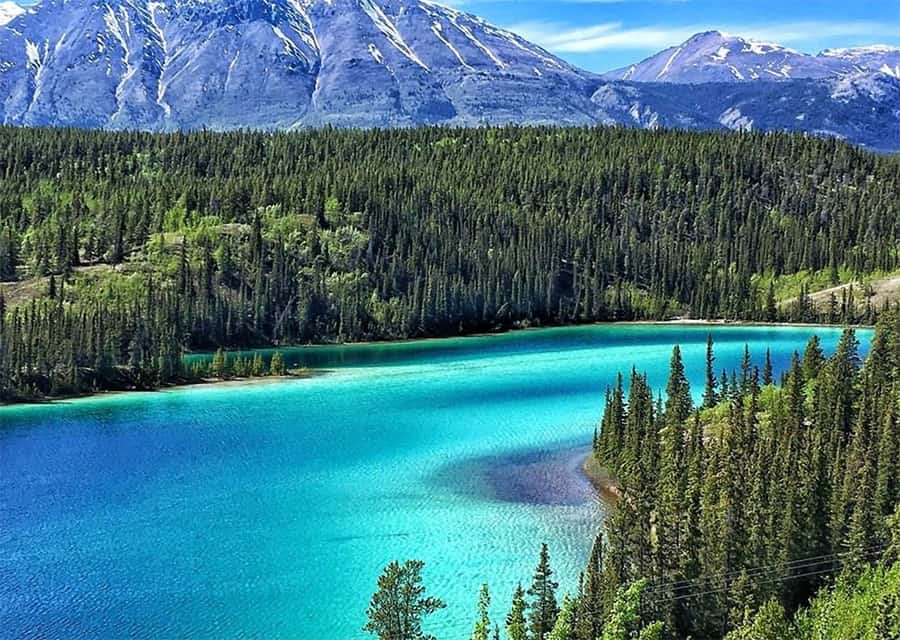
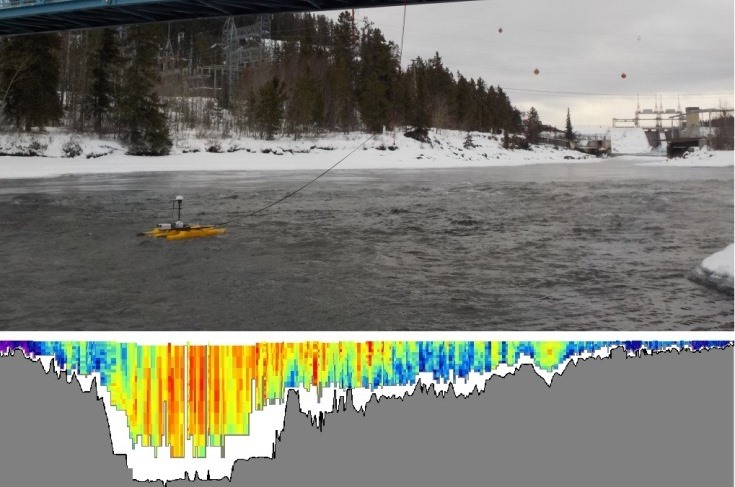
Waters Understanding & Management in Yukon
Understanding water resources and tracking their availability in Yukon can be challenging, given the movement of water through a cycle from the atmosphere to the surface and subsurface of the earth and back again. Frozen water – such as glaciers, permafrost and river ice – play an important role in influencing this cycling. What we can’t see – water underground – is as important as the watersheds that determine surface water flow.
Water is among the most important factors that are severely contaminated each year. It ends up in our pipes with many chemicals that stay there. Today, because of the importance of maintaining the normal flow of clean water, the UN is calling on all countries and major companies to start fighting pollution. Thus, one of the trends has been the acquisition of carbon neutrality status by many companies worldwide. It provides for the reduction of direct and indirect emissions of greenhouse gases into the atmosphere. This is to prevent further release of carbon into the atmosphere and water resources.
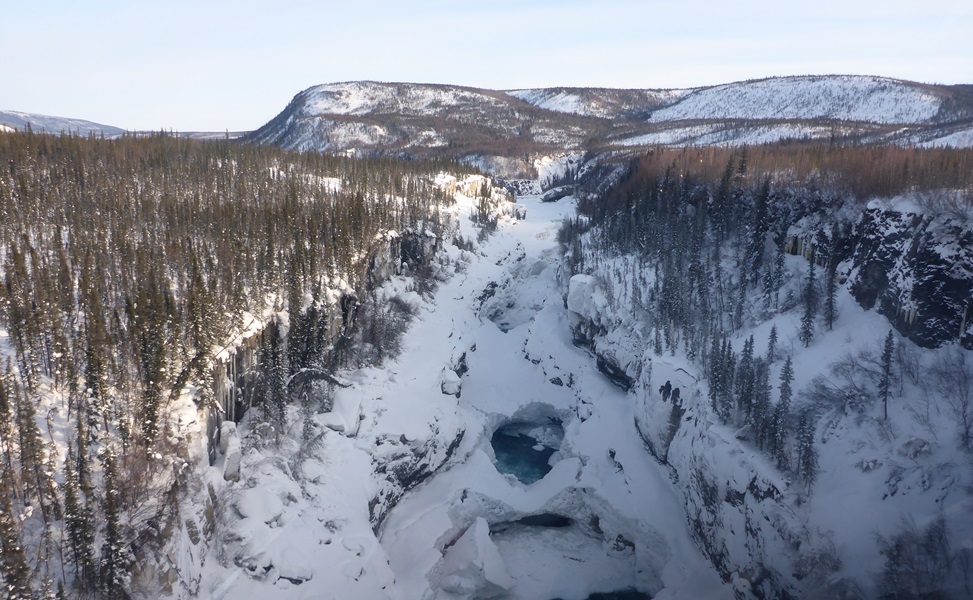
Water Cycle
Water moves constantly through the hydrologic cycle. It condenses in the atmosphere and falls to earth as precipitation. Then it drains across, through and beneath the land, pooling in lakes and oceans. Eventually it evaporates back into the atmosphere where the cycle begins again.
Glaciers, Permafrost and River Ice
The cryosphere is the portion of the Earth system that comprises frozen water. This includes snow cover, ice cover on lakes and rivers, glaciers, ice caps and ice sheets, frozen ground (including permafrost), and sea ice. In Yukon, elements of the cryosphere, particularly glaciers, permafrost, and river ice, influence the timing, magnitude, and character of surface water flows.
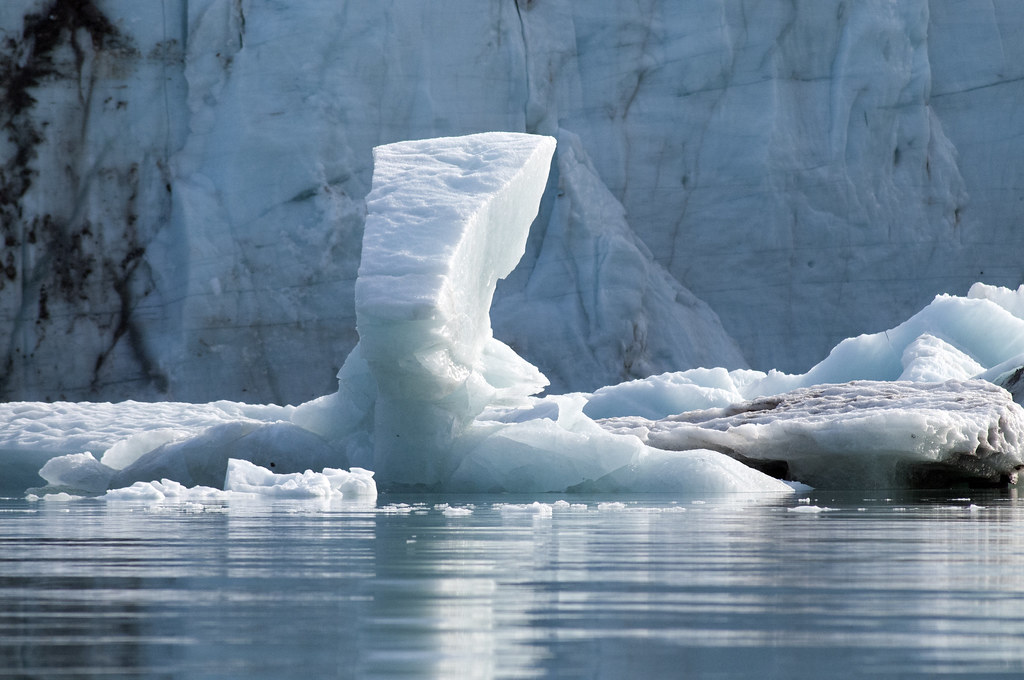
Latest News and Updates
Best management practices (BMPs) offer methods or approaches based on...
River and lake flooding may be caused by short and...
With The Support Of:
Yukon Government

Within the territorial government, there are six departments with responsibilities for Yukon waters.
Federal Government
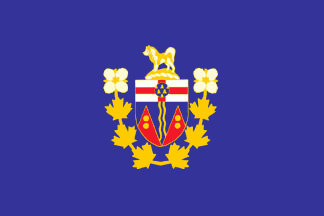
Within the federal government, there are several departments with responsibilities for Yukon waters.
Yukon First Nations

Yukon First Nations have rights in relation to water that are set out in Final Agreements. These include use and protection of water on Settlement Lands, and use of water in Yukon for trapping, non-commercial harvesting, and traditional heritage.
Municipalities
Incorporated Yukon communities build and manage drinking water and waste management facilities

Groundwater and Aquifers
Groundwater is water located in the spaces between soil particles and in the fractures of rock formations underground. An aquifer is an underground layer holding water that can yield a usable quantity of water. Water enters the ground through infiltration, and flows underground either to be stored in aquifers or to return to the surface through springs, wells or seepage into creeks and other waterbodies

Watersheds
Six major watersheds drain the territory, each with several tributaries. The major watersheds are the Alsek, Yukon, Porcupine (which drains to the Yukon River in Alaska), Peel (which drains to the Mackenzie Delta), Liard (which drains to the Mackenzie Basin through British Columbia, Alberta and the Northwest Territories), and North Slope.

Yukon Water Management
Water governance and management are central to ensuring sustainable water use. Water governance is the decision-making process we follow, while water management refers to the operational approaches we adopt. Governance includes how we make decisions and who gets to decide. Management includes the models, principles, and information used to make those decisions and the procedures used to implement them.

